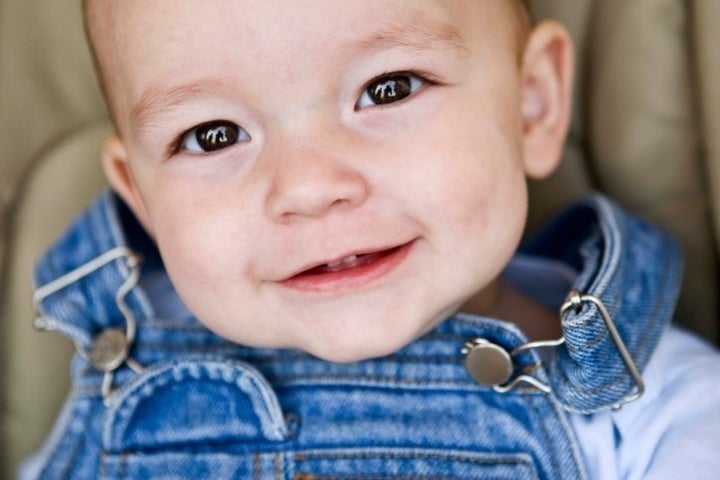
Empathy is the earliest social disposition to appear in the course of human life cycle. Toddlers will try and comfort another child who is obviously unhappy or in pain. Young children are, however, not yet able to empathize with those who do not give any obvious signs of emotional distress. Preschoolers might, to illustrate, comment loudly on the size of stranger's nose, or ears, totally unaware of the impact this might have on the other person. This is not cruel, it just represents the fact that young children do not yet understand what another person might be feeling if they have no visual clues to guide them.
It is only after the age of six or seven, with the attainment of the mental operations that Swiss Psychologist Jean Piaget called concrete operations, that children are able to intellectually take the point of view of others when it is different than their own. It is at this age that they become aware that others may have non-visible feelings and intentions. In their moral judgments, for example, young children assign culpability according to the amount of damage done. They regard a child who breaks five dishes as more culpable than the child who breaks one. After they attain concrete operations, however, they say that child who breaks one dish doing something he is not supposed to, is more to blame than a child who breaks five trying to help his mother.
This combination of affective empathy and cognitive understanding was demonstrated in an MRI (magnetic resonance imagery) study of empathy and intentionality in children and preteens (Decety, 2000). When the subjects were shown videos of children in pain or distress the areas of the brain that lit up were the same areas activated in the brains of adults shown similar videos. In addition, when the children and pre-teens were shown videos in which the children were intentionally hurt by another individual, a cognitive area of the brain also became activated.
Apparently while the empathic response to another in distress appears to be hard wired, the response to that distress can be modified by the child's cognitive understanding of how the distress was caused. This suggests that after the age of six or seven, empathy can in certain circumstance become sympathy. Sympathy involves a cognitive as well as an emotional component. We extend sympathy to those who have lost a loved one, or to someone whose views are similar to our own. While both sympathy and empathy have a hard wired component, they also involve learning.
How a parent responds to a toddler who makes an insensitive remark is a case in point. If the parent takes the child aside and tells him or her that the remark made the other person feel bad the child will learn one type of empathic lesson. If, however, the parent merely scolds the child for the remark but does not explain why it was the wrong to say, the child will not learn why the remark was deserving of a scolding. Likewise, how parents treat those deserving of sympathy sets an example for their child.
A somewhat different approach to the development of empathy and sympathy comes from studies of young people's religious development, particularly their understanding of prayer. When asked what they pray for, preschoolers most often say that they pray for something personal such a toy, article of clothing or favorite food.
School age children say that they pray for the health and well being of their more immediate family. Teenagers, in contrast, say that they pray for abstract goals, such as peace, the end of global warming and an end to the destruction of the natural environment.
So it is certainly true that in a sense one can speak of humans as Homo empathicus, it also true that humans might also be labeled Homo intellectus. While our capacities for empathy and sympathy are hard wired, they can be undone by other facets of the personality. The catastrophe in Haiti is a case in point. While it evoked the empathy and sympathy of most decent people it also brought out all those who wanted to profit from the disaster.
Indeed, in our world today we are seeing a battle between human values (homo empathicus) and economic values (homo averiticus). So far, homo empathicus appears to be losing this battle.
If we are to truly achieve an empathic civilization we have confront the reality of human self-centeredness and human greed. The real challenge is to convince even the most self centered and the most avaricious that global empathy is in their own best interests. Most religions have attempted this and have failed. Yet global empathy can be taught. The real challenge is to find a way of making such education universal and effective.
